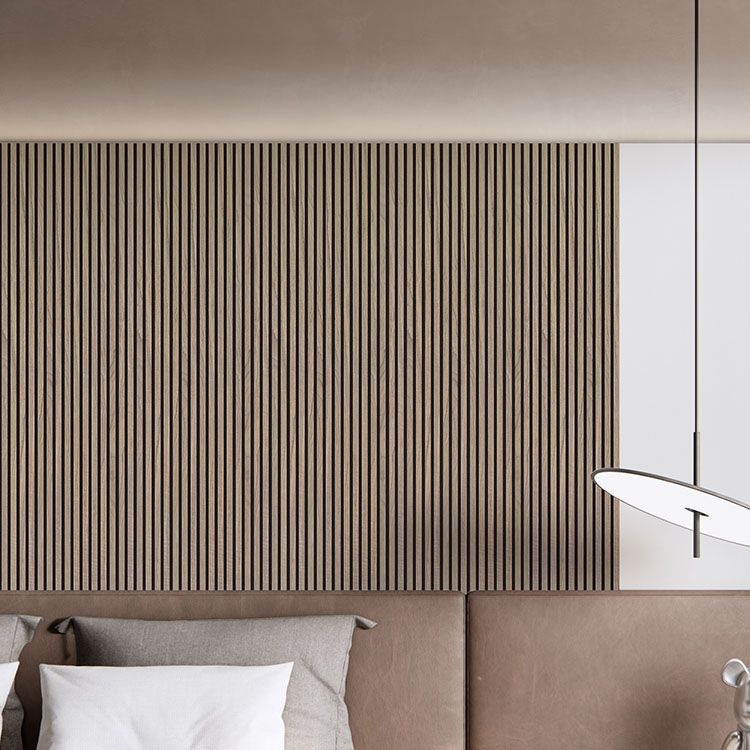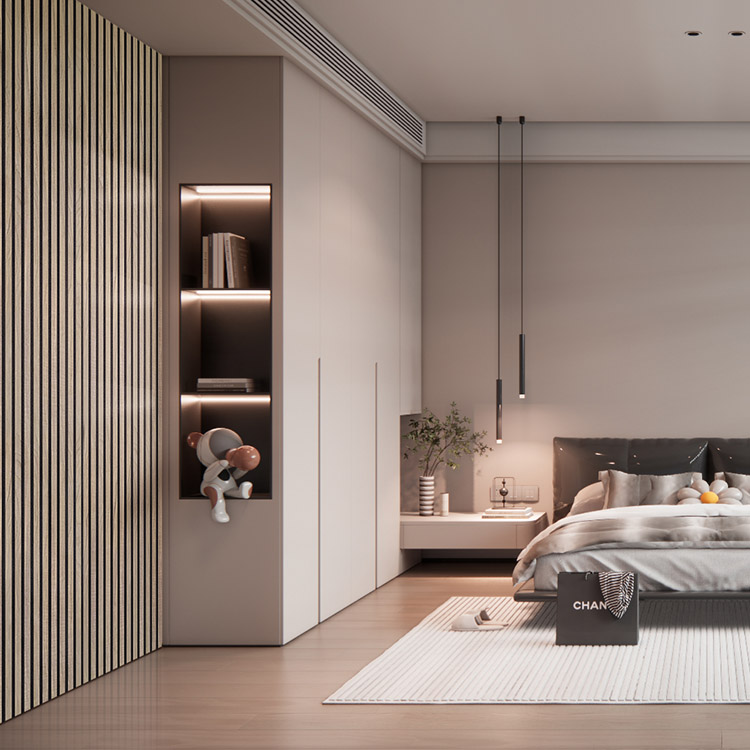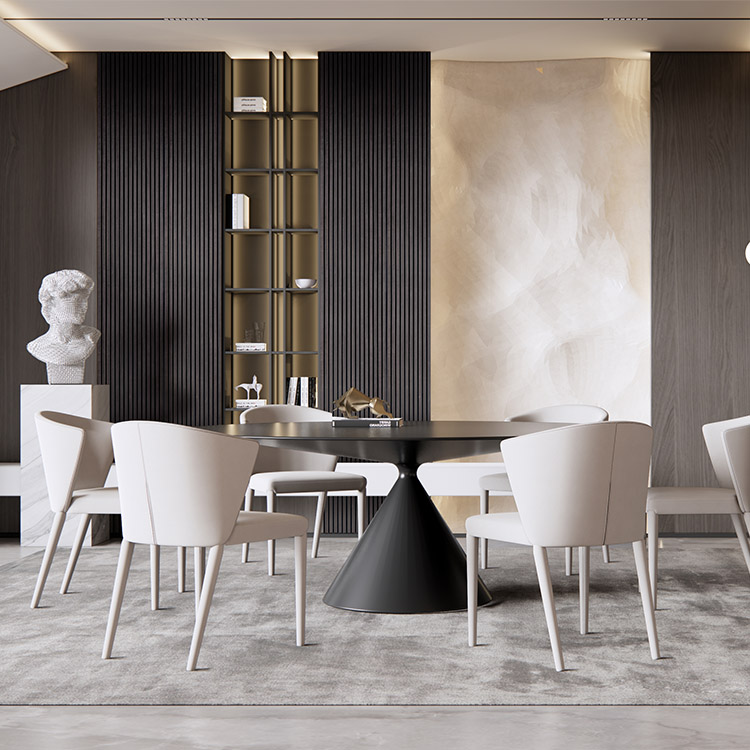How to Hide Wires Behind Acoustic Panels: A Clean and Professional Finish
In today’s design-forward environments—whether residential, commercial, or hospitality spaces—clean aesthetics matter. While acoustic wall panels are primarily used for sound absorption and interior elegance, they can also serve a dual function: concealing electrical wires and cables for a neat, polished look.
At Guangdong Liyin Acoustics Technology Co., Ltd., (Leeyin) we specialize in manufacturing high-quality wood slat acoustic panels with PET felt backing. As a leading exporter in China, we not only understand acoustic performance—but also how design practicality, like cable management, plays a key role in modern interiors.
Why Hide Wires Behind Acoustic Panels?
Visible wires from TVs, speakers, LED lighting, or office equipment can ruin an otherwise flawless wall design. Hiding wires behind acoustic panels:
-
Maintains a clean, minimalist aesthetic
-
Prevents tangling and potential hazards
-
Enhances the professional look of commercial and B2B environments
Step-by-Step Guide: How to Hide Wires Behind Acoustic Panels
1. Plan the Layout in Advance
Before installing your panels, identify all the devices that require wiring—TVs, wall-mounted lights, sound systems, etc. Create a cable route map along the wall surface.
2. Use Cable Conduits or Channels
Mount plastic or metal wire conduits along the cable path on the wall. This protects the cables and ensures they don’t come into direct contact with the back of the panels.
3. Choose Panels with PET Felt Backing
Liyin’s wood slat acoustic panels feature a PET felt backing that’s flexible and easy to work with, allowing small gaps between the panel and wall for cable routing without visible bulging or misalignment.
4. Cut Channels in the Felt or Slat (If Needed)
For thicker cables or specific outlets, you may carefully cut small channels in the PET backing or slats to accommodate wire passage. Always use proper tools and maintain panel integrity.
5. Secure the Wires Behind the Panel
Once the wiring is in place:
-
Fix the cables with zip ties or adhesive clips behind the mounting battens or wall structure.
-
Mount the acoustic panels over the cables, making sure they sit flush with the wall.
6. Access Points and Maintenance
If future access is needed, you can leave removable panel sections or design hidden openings behind larger electronics or furniture.
Why Choose Liyin Acoustics Panels?
Guangdong Liyin Acoustics Technology Co., Ltd. is a trusted name in acoustic design and manufacturing. Our panels are engineered for both functionality and style, ideal for B2B clients looking for durable, flexible, and installation-friendly solutions.
Our strengths:
✅ 20,000 m² modern production facility
✅ Specializing in PET-backed wood slat acoustic panels
✅ Global export leader with clients in Europe, North America, and Southeast Asia
✅ Strict quality control aligned with international standards
✅ Fast lead times and custom OEM/ODM services



